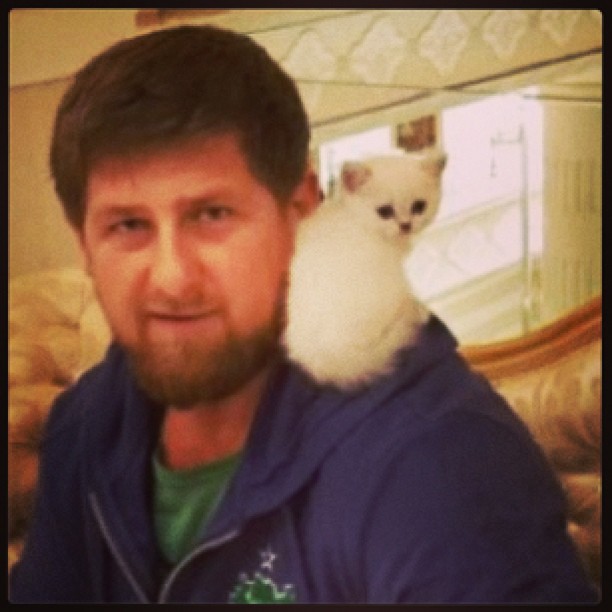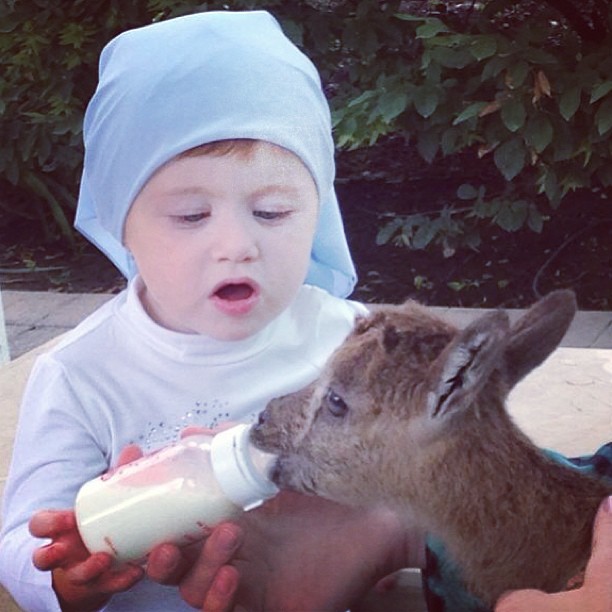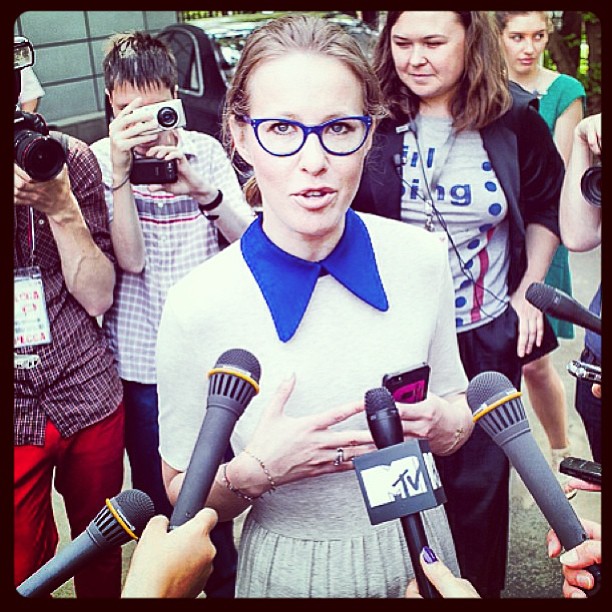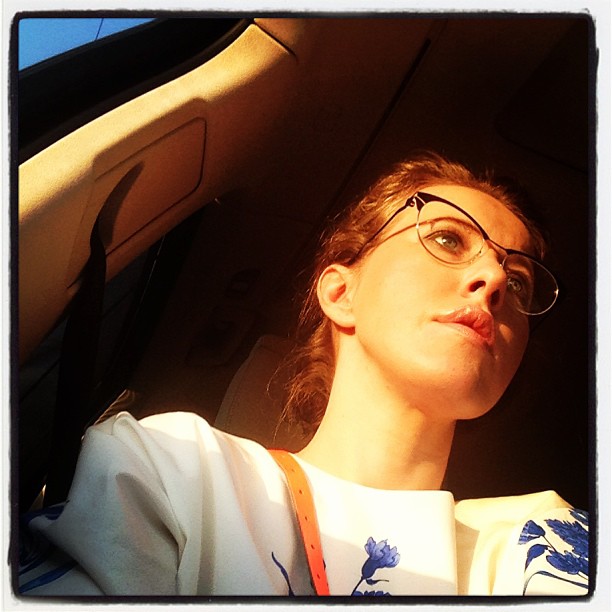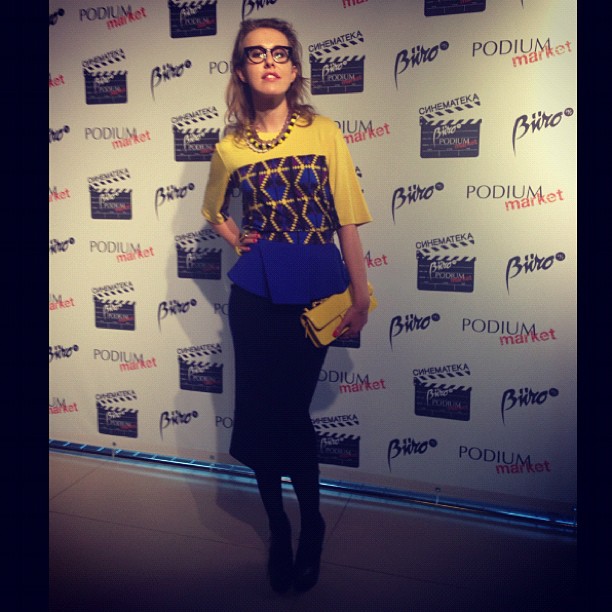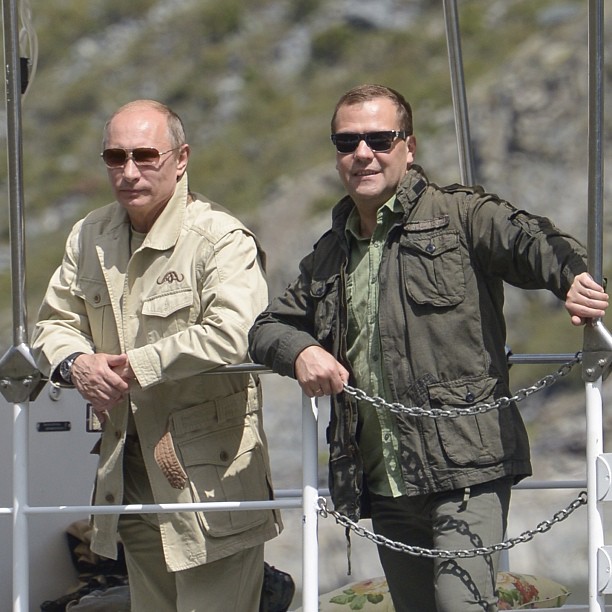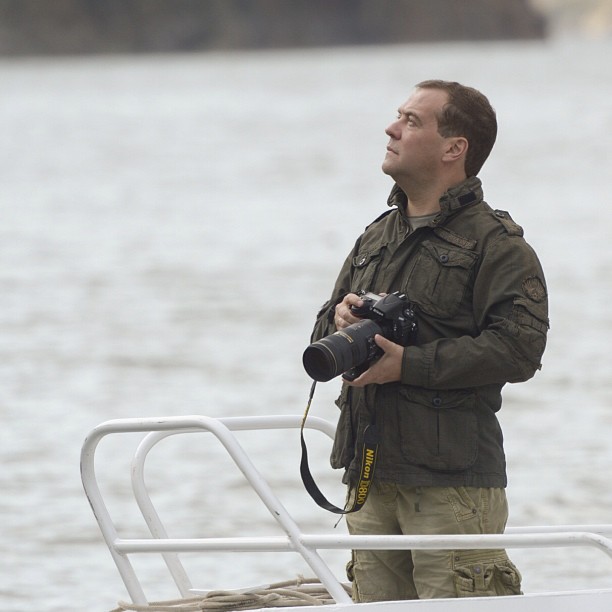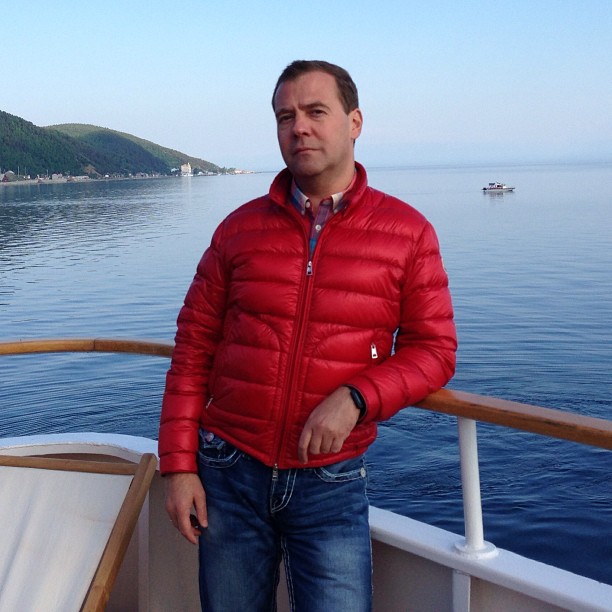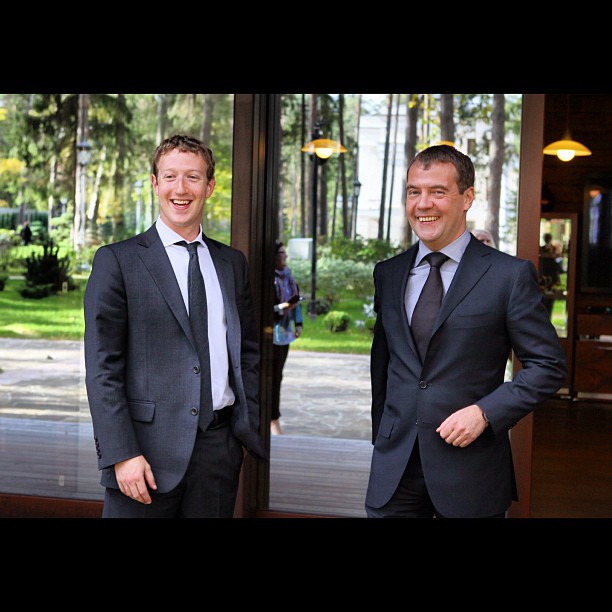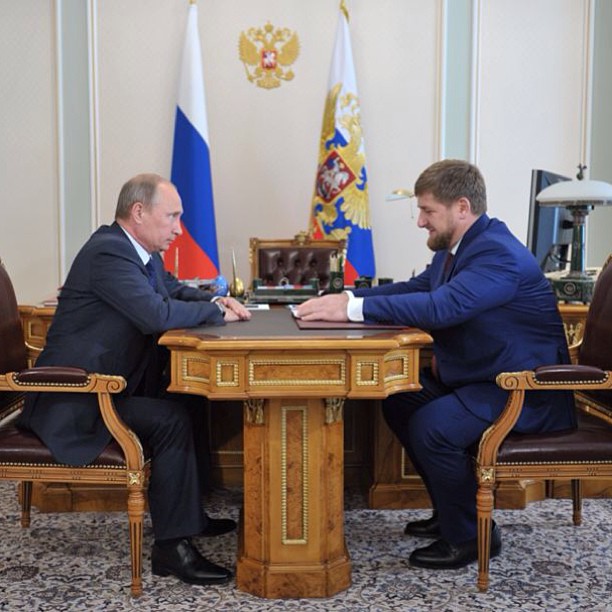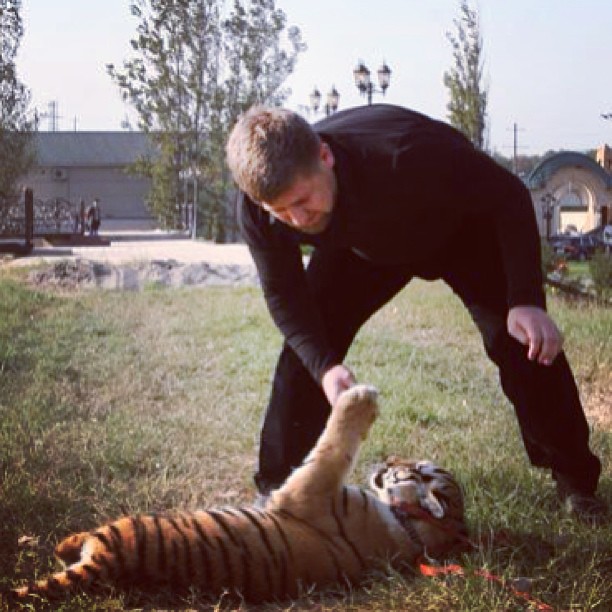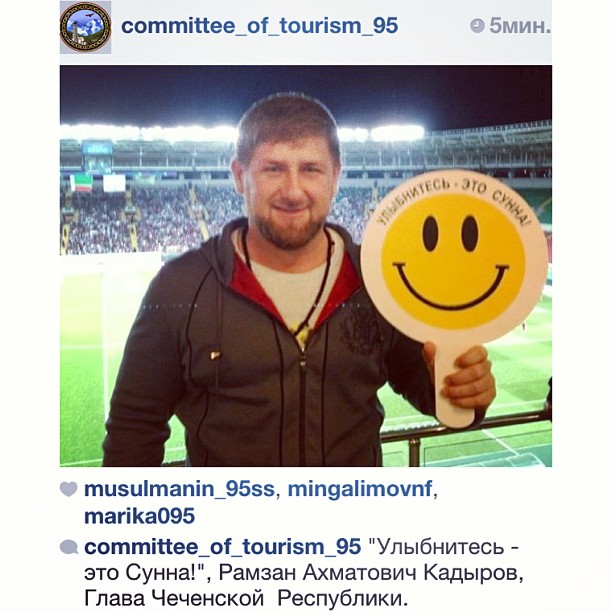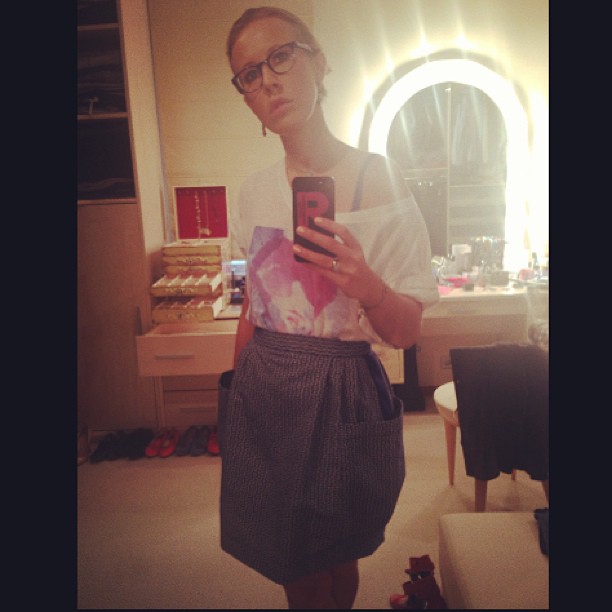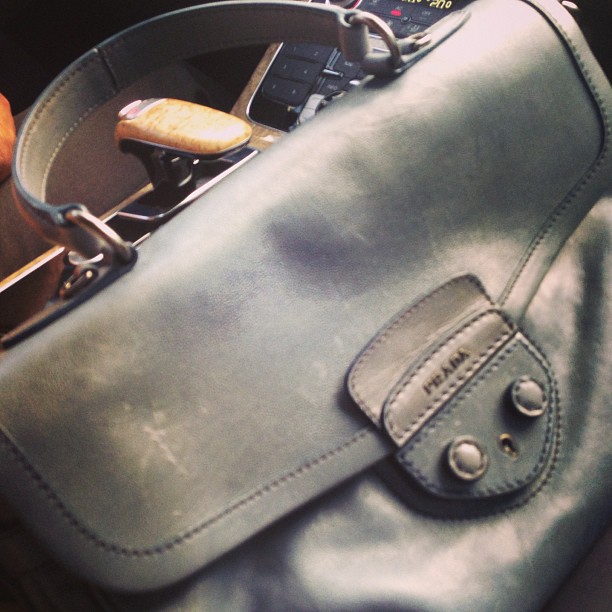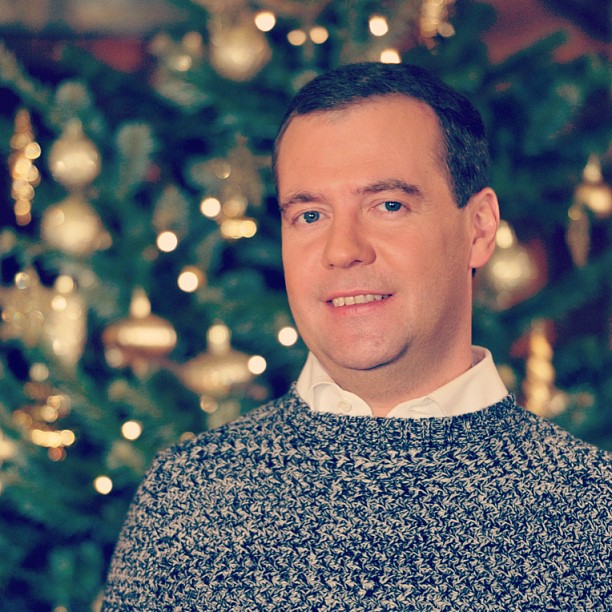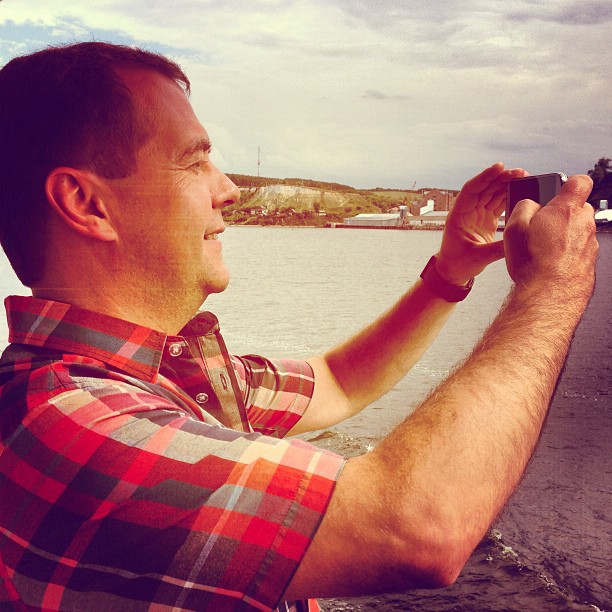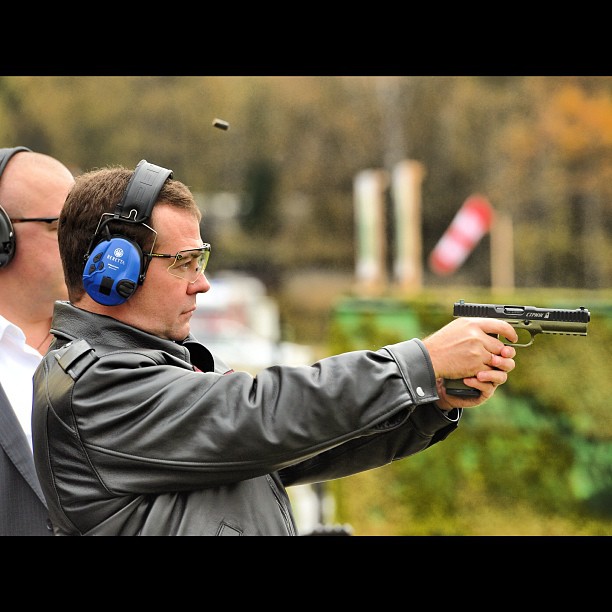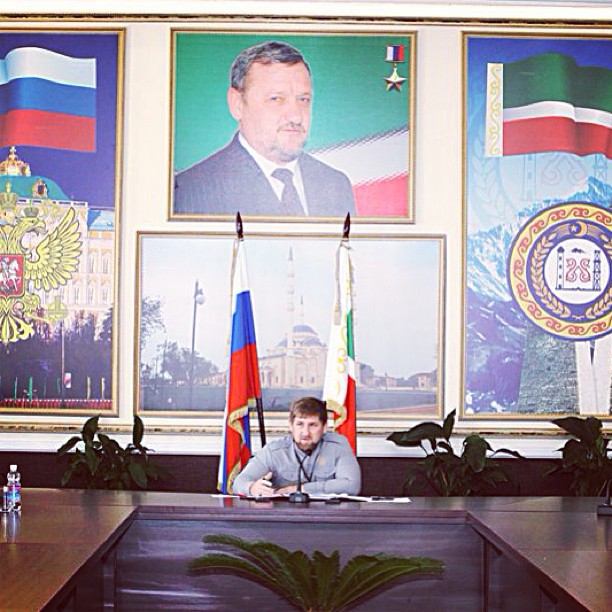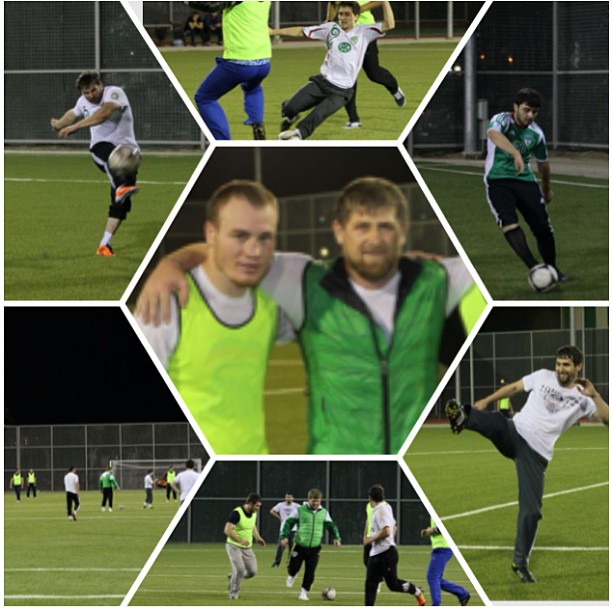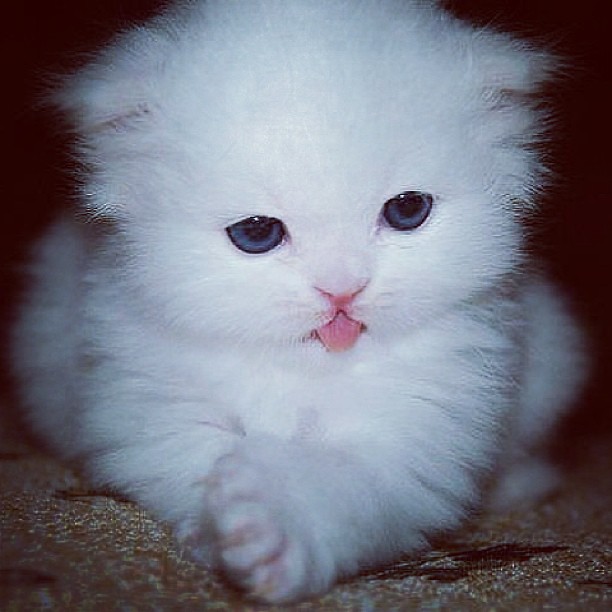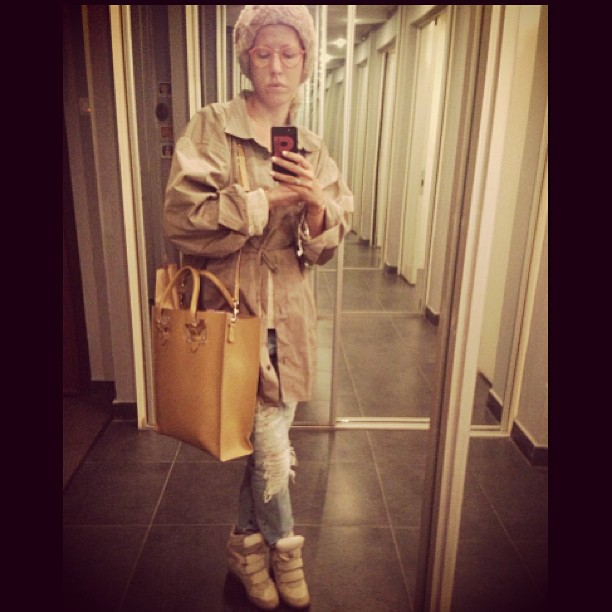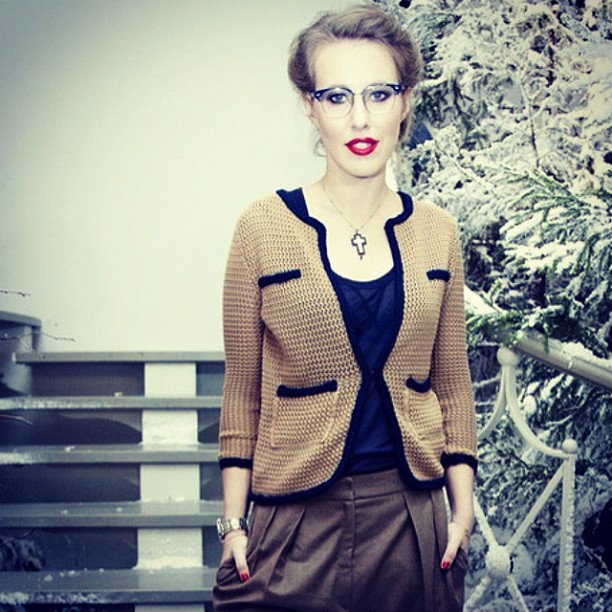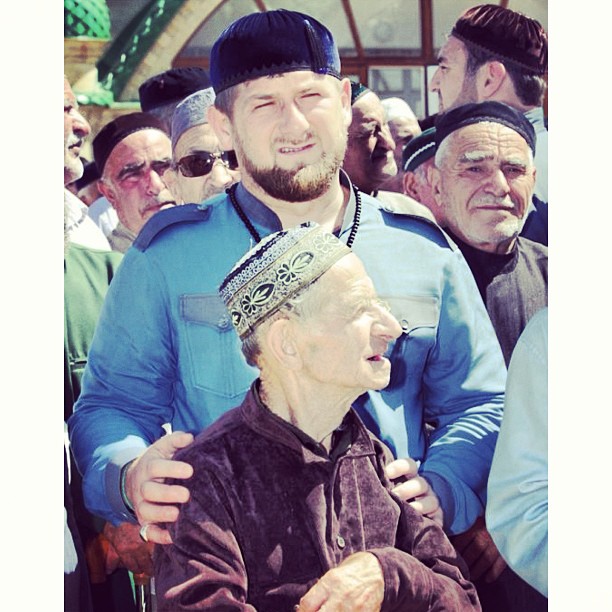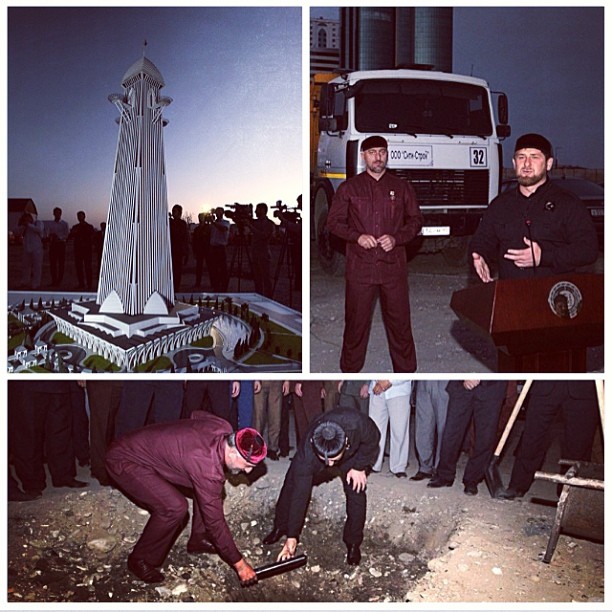Hip to be square: aesthetics, politics and Instagram

Instagram may be best known for selfies, filters and pointless hashtags, but in Russia it's a big hit with political figures like Dmitry Medvedev, Ramzan Kadyrov and Ksenia Sobchak. It's all part of a new aestheticisation of politics, argues Adam Ure
Russian internet users now lead the world in the amount of time spent on sites like Facebook, Twitter and homegrown alternatives like VK. But the site that is having the biggest impact on Russian culture, and politics, is a relative newcomer — Instagram. While in the UK and US the faux-Polaroid image-sharing platform has remained a refuge for trendy young things to share touched-up pictures of shoes and gourmet hamburgers, in Russia it has become an important — and in some cases controversial — platform for political figures. And they’re not just posting selfies from St Petersburg or holiday snaps from Laos; they’re using it as an important tool in promoting their standing in the country, politically and aesthetically.
Of course, politicians everywhere are interested in promoting their own image, and Instagram’s ability to enhance pictures make it a natural tool for this. But the manner in which political celebrities in Russia share their intimate moments on Instagram suggests a strikingly different relationship between private and public culture and a unique aestheticisation of political life.
Perhaps the highest profile Instagram user in Russia is Prime Minister Dmitry Medvedev, whose account, at the time of writing, had posted 188 pictures and attracted over 228,000 followers (curiously, his account does not follow anybody in return). At first glance this could be mistaken for the profile of any ordinary middle-class, middle-aged Russian man: there are glorious shots of Moscow and St Petersburg, pictures of a holidaying Medvedev smiling on Lake Baikal or pensive in Tuva, and, naturally, several pets. However, closer inspection reveals lots of serious, patriotic messages: many of the pictures show things like domestic industries, Russian flags, or commemorations of Russia’s war dead; others portray him relaxing alongside President Vladimir Putin. Slavoj Žižek, among others, has highlighted the modern tendency to conflate the intimate and the political as public and domestic space become confused, and here the immediacy of the imagery carries a more potent and durable message than any slogan could.
A politician who is even more willing to trade on his home life, and his proximity to Putin, is Chechen leader Ramzan Kadyrov (1,443 pictures, over 181,000 followers). Kadyrov, who does post occasional pictures of government business, seems more content to exhibit pictures of himself playing with children or animals (chickens, rabbits, the odd tiger), entertaining film stars such as Gerard Depardieu, or meeting ordinary citizens. In his pictures with Putin he seems to imitate the president’s pose in order to lend his own position some legitimacy.
It is crucial for Kadyrov to promote images of almost idyllic normality in Chechnya after what he euphemistically calls the CTO (Counter-Terrorism Operation) he carried out there, and it is telling that he uses Instagram to achieve this. His pictures manipulate the boundaries between the public and private and show him as a devoted father, brother and animal-lover. Kadyrov has taken to engaging with the public through the comments section under his photographs (Medvedev now responds to his public’s queries), even leaving a mobile telephone number. However, this engagement is given validity by constant recourse to the photographs above. The modern online world bestows images with permanence, and Kadyrov is profoundly aware of this as he eternalises his own visual presence and that of the seemingly resplendent new Chechnya he has built, with its shining new mosques and smiling citizens.
Ramzan Kadyrov makes use of Instagram’s latest technology to showcase his horse riding skills, and taste in music
The role of Instagram in Russian politics can perhaps be ascribed to the historical importance of the visual in Russian culture. Medieval Russia’s ubiquitous icons were not understood as merely representative, but as transformative religious artefacts; viewers were ontologically transfigured by the images they revered. Similarly, as scholar of modernism Stephen Hutchings has explained, in the traditions of Russian art the images did not just inspire contemplation in the audience, but called on them to participate in making the world better. Soviet culture perpetuated and modified this impulse: artistic images (for instance of Lenin or other leaders) were heavily codified and politicised in order that they might to serve the interests of the ruling party.
Instagram’s present impact in Russia can be seen as a further extension of this traditional emphasis on the visual, but I would suggest that Russian political Instagrammers are to some extent rebelling against the traditions of the past, and especially their Communist heritage. Instead of politicising art, their pictures are an artistic sublimation of politics, an attempt to preserve identity and authenticity in a modern technological environment. In fact, this new aestheticisation may well be a crucial front in contemporary power struggles, which might be said to be struggles about beauty, not politics.
“Selfies and food porn are outnumbered by designer glasses and demure cardigans”
Take Ksenia Sobchak, once a scantily clad socialite derided as Russia’s Paris Hilton, but now an independent journalist and opposition figure. A skilled user of social media, Sobchak frequently shares criticism of the Russian establishment with her 700,000 plus Twitter followers (although she has been reserved in her criticism of alleged godfather Vladimir Putin). Sobchak’s career change has been accompanied by a new, more conservative aesthetic — which she communicates primarily through Instagram (1,014 pictures, over 310,000 followers). The customary selfies and obligatory food porn may still be there, but they are outnumbered by designer glasses and demure cardigans. Prominent political commentator Irina Pavlova has observed that Sobchak represents a golden generation for whom the Russian authorities have become “aesthetically unattractive” and “boring”. Consequently, Sobchak does not want to replace the system, just make it more beautiful. She recently wrote that the Russian regime had stolen not only people’s votes, but also “their conception of taste, aesthetics and modernity”.
To my mind, it seems increasingly clear that some of the Russian opposition are not concerned with changing the political system — its reliance on informal networks and arbitrary executions of power — but merely in replacing the figures at the top. For them, Putin has become boring — with his phoney television conferences, stage-managed meetings with struggling officials and photoshopped fishing hauls — and his image, contorted by (rumoured) plastic surgery, has become abhorrent. Sobchak uses Instagram to envisage her ideal Russia, in which people forsake bad leather for Malo cashmere and Charles Philip loafers.
The beautiful has often been associated with the good in Russian culture. Thinkers like Vladimir Solovyov have intentionally combined the beautiful and the worthy, building on the conflation of form and religious significance in icon painting. It is, therefore, just a small step for Sobchak to believe that in order to become ethical, all Russian politics requires is for Putin and his coevals to get sharper suits. Hence her frequent Instagramming: it is as if she believes in the power of the beautiful image to transform society.
But in so doing, she and many of the opposition elite, not least opposition leader Alexei Navalny, have adopted cultural patterns from western Europe and the US that are unfamiliar to many sections of the Russian populace. Sobchak’s glamorous Instagram might be undermining her own cause, alienating a population more concerned with wages and stability than designer clothes.
“I have seen what Kadyrov feeds his children and what Sobchak wears to bed”
That said, although Medvedev, with his homely jumpers, and Kadyrov, with his kittens and endless football pics, have a very different style from Sobchak, their technique barely differs: they use images to redefine the relationship between politician and audience, striving to create a striking immediacy with the viewer which can cut through the impersonal aspects of modern political culture. (It’s notable that they tend not to use the many filters this platform offers, enhancing the images’ self-conscious authenticity.) This relationship is alluringly exclusive: I have seen what Kadyrov feeds his children and what Sobchak wears to bed.
This sense of proximity will probably only increase as Instragram presents new technologies, such as its recently rolled-out video application — already used to great effect by Kadyrov. What next? 3D Instragramming? Or perhaps fully interactive visual communication with followers? Whatever happens, it is likely that Russians will be at the forefront of adopting new tools — and it will be fascinating to observe.
